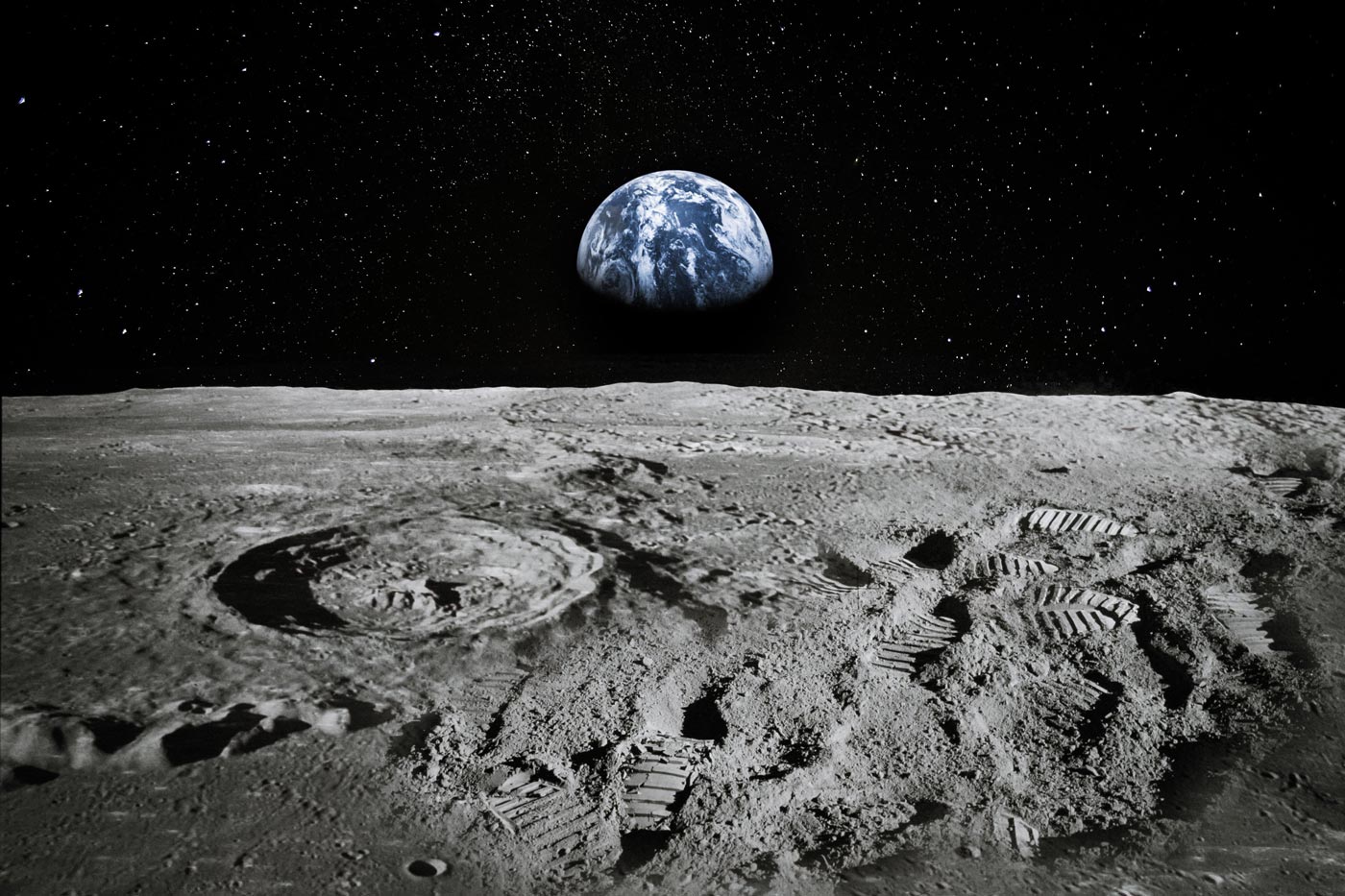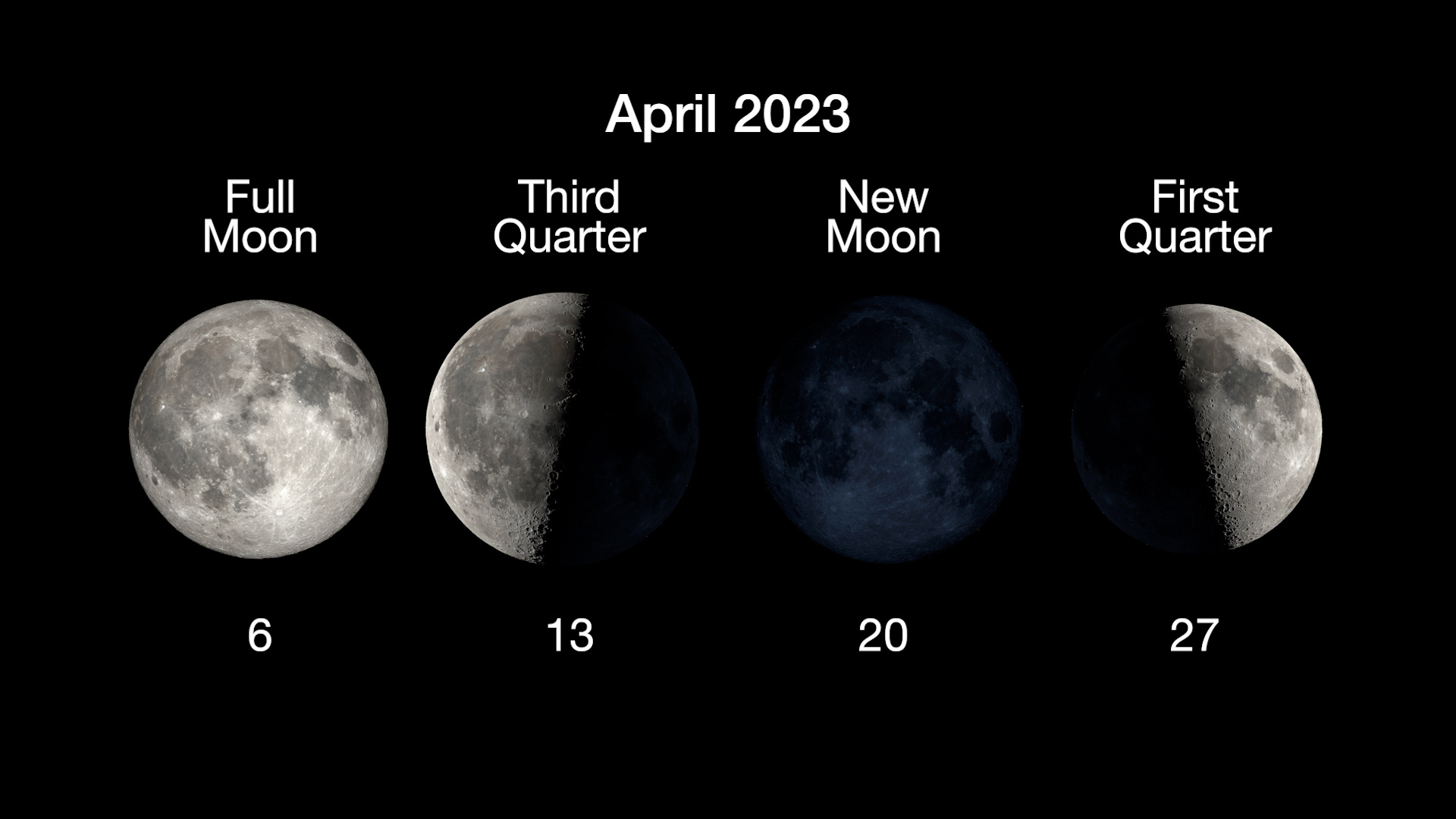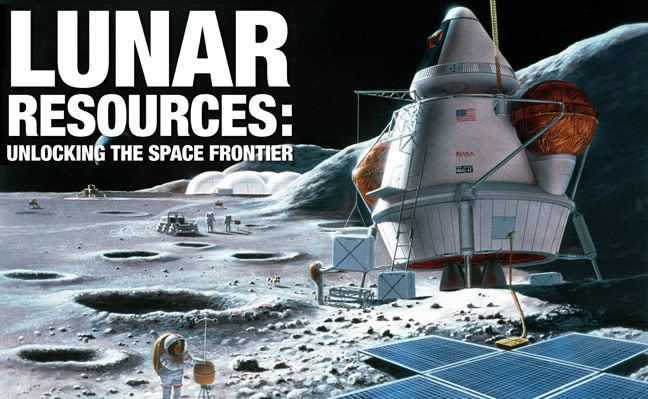Moon the Fascinating World 2023 :चंद्रमा की आकर्षक दुनिया 2023
The moon has always been a subject of human fascination. For centuries, it has been a source of inspiration for poets, artists, and astronomers alike. As Earth's natural satellite, the moon has played a vital role in shaping our planet and its environment. In this article, we will explore the fascinating world of the moon, from its formation to its impact on Earth and its potential for future exploration.
 |
| Moon the Fascinating World : Its Phases, Geology, and Impact on Earth |
Introduction to the Moon
The moon is a natural satellite that orbits around the Earth. It is the fifth-largest moon in the solar system and the largest relative to its host planet. It is approximately one-quarter the size of Earth, with a diameter of 3,476 kilometers. The moon is also the second-brightest object in the night sky after Venus.
Formation of the Moon
The origin of the moon is still a topic of debate among scientists. The most widely accepted theory is that it was formed about 4.5 billion years ago when a Mars-sized object collided with Earth. The impact ejected a large amount of debris into space, which eventually coalesced to form the moon.
The Surface of the Moon
The surface of the moon is pockmarked with craters, mountains, and valleys. The lack of an atmosphere on the moon means that the surface is constantly bombarded by meteoroids, which create impact craters. The largest crater on the moon is the South Pole-Aitken Basin, which is over 2,500 kilometers in diameter.
 |
| Moon the Fascinating World : Its Phases, Geology, and Impact on Earth |
Lunar Mountains
The moon has several mountain ranges, the most famous of which is the Montes Apenninus. This mountain range stretches for over 600 kilometers along the southeastern rim of Mare Imbrium, a large, lava-filled basin on the moon's surface.
Lunar Valleys
The moon also has several valleys, the most prominent of which is the Hadley Rille. This valley is over 100 kilometers long and up to 1.5 kilometers wide. It was explored by the Apollo 15 mission in 1971.
The Moon's Relationship with Earth
The moon has a significant impact on Earth's environment. It influences the tides, the length of the day, and the Earth's axial tilt. Without the moon, the Earth's climate would be much more chaotic, with larger variations in temperature and weather patterns.
 |
| Moon the Fascinating World : Its Phases, Geology, and Impact on Earth |
Tides
The gravitational pull of the moon is responsible for the tides on Earth. The moon's gravity causes the oceans to bulge towards it, creating two high tides and two low tides every day.
Length of Day
The moon's gravity also slows down the Earth's rotation, making the days longer. This effect is known as tidal braking, and it is causing the moon to slowly move away from the Earth at a rate of approximately 3.8 centimeters per year.
Axial Tilt
The moon helps to stabilize the Earth's axial tilt, which is responsible for the seasons. Without the moon, the Earth's axial tilt would be much more unstable, leading to extreme variations in climate.
Future Exploration of the Moon
The moon has long been a target for exploration, and several countries have plans to send missions to the moon in the near future. These missions will aim to study the moon's geology, chemistry, and potential for resource exploitation.
 |
| Moon the Fascinating World : Its Phases, Geology, and Impact on Earth |
Artemis Program
NASA's Artemis program aims to land astronauts on the moon by 2024. The program will focus on sustainable exploration, with the goal of establishing a permanent human presence on the moon.
Lunar Resource Exploitation
The moon is rich in several resources, including helium-3, rare earth metals, and water ice. These resources could be used to support future lunar exploration and potentially
upport future space exploration. Helium-3, for example, is a rare isotope that could be used as fuel for nuclear fusion reactors. Rare earth metals, on the other hand, are essential for the production of high-tech electronics, such as smartphones and computers.
 |
| Moon the Fascinating World : Its Phases, Geology, and Impact on Earth |
Conclusion
The moon is a fascinating world with a rich history and a significant impact on Earth. Its surface features, such as craters, mountains, and valleys, have been explored by both humans and robots. The moon also plays a vital role in regulating Earth's environment, from the tides to the length of the day. With plans for future exploration and potential resource exploitation, the moon continues to capture our imagination and inspire us to explore the mysteries of our universe.
read more:Planet Earth facts and information : ग्रह पृथ्वी तथ्य और जानकारी
FAQs
Can the moon support life?
No, the moon's surface lacks the essential elements required to support life, such as water and a breathable atmosphere.
How long does it take for the moon to orbit around Earth?
It takes the moon approximately 27.3 days to orbit around Earth.
How many times has the moon been explored by humans?
The moon has been explored by humans six times, all by NASA's Apollo program between 1969 and 1972.
What is the dark side of the moon?
The dark side of the moon refers to the side of the moon that is never visible from Earth. It is not actually dark, but rather it is simply facing away from the sun.
Can we see the moon during the day?
Yes, the moon is sometimes visible during the day, particularly when it is close to the horizon. However, it is much more commonly seen at night.

Post a Comment